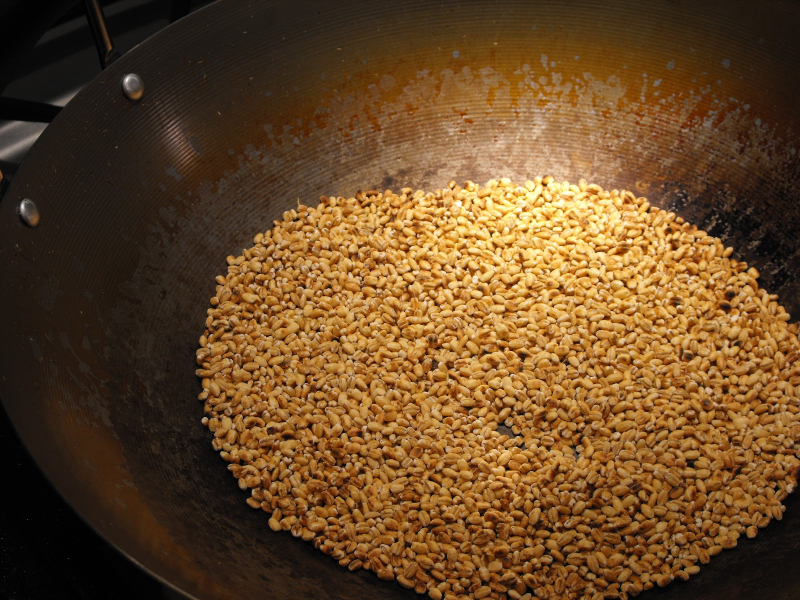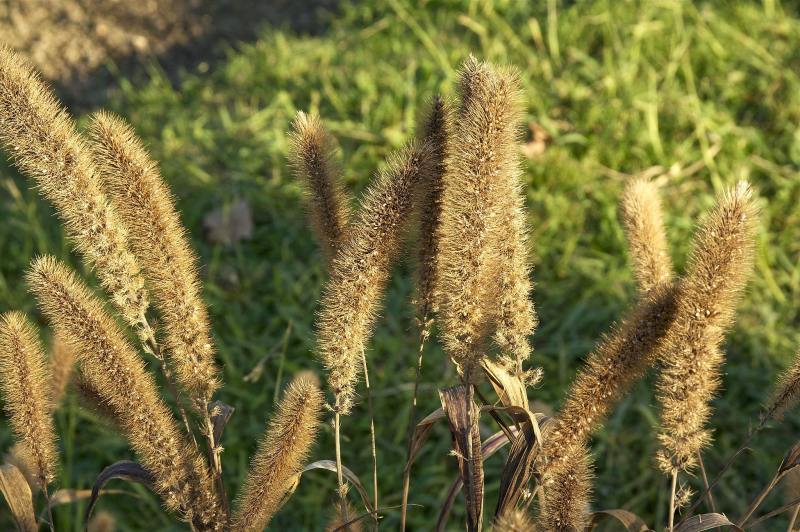Barley and Millet
Barley was easier to grow than wheat, but it was more difficult to bake bread from. Bread made from barley was filling yet heavy. As a result, it was frequently roasted before being processed into coarse flour. μᾶζα maza, the traditional Greek dish, was made with barley flour. Maza can be eaten raw or cooked, as a broth, or formed into dumplings or flatbreads. It, like wheat bread, might be enriched with cheese or honey. Aristophanes used the term ἐσθίειv κριθὰς, literally to eat only barley, in Peace, with a meaning akin to the English diet of bread and water.
Millets are a diverse genus of small-seeded grasses that are commonly farmed as cereal crops or grains for fodder and human sustenance all over the world. Millet was growing wild in Greece as early as 3000 BCE, and bulk millet storage containers dating from the Late Bronze Age have been discovered in Macedonia and northern Greece. According to Hesiod, "beards grow round the millet, which men sow in July." Theophrastus placed millet with wheat in his "Enquiry into Plants" in the third century BCE. Northern Greece and Macedonia According to Hesiod, beards grow round the millet, which men sow in July. Theophrastus placed millet with wheat in his "Enquiry into Plants" in the third century BCE.












